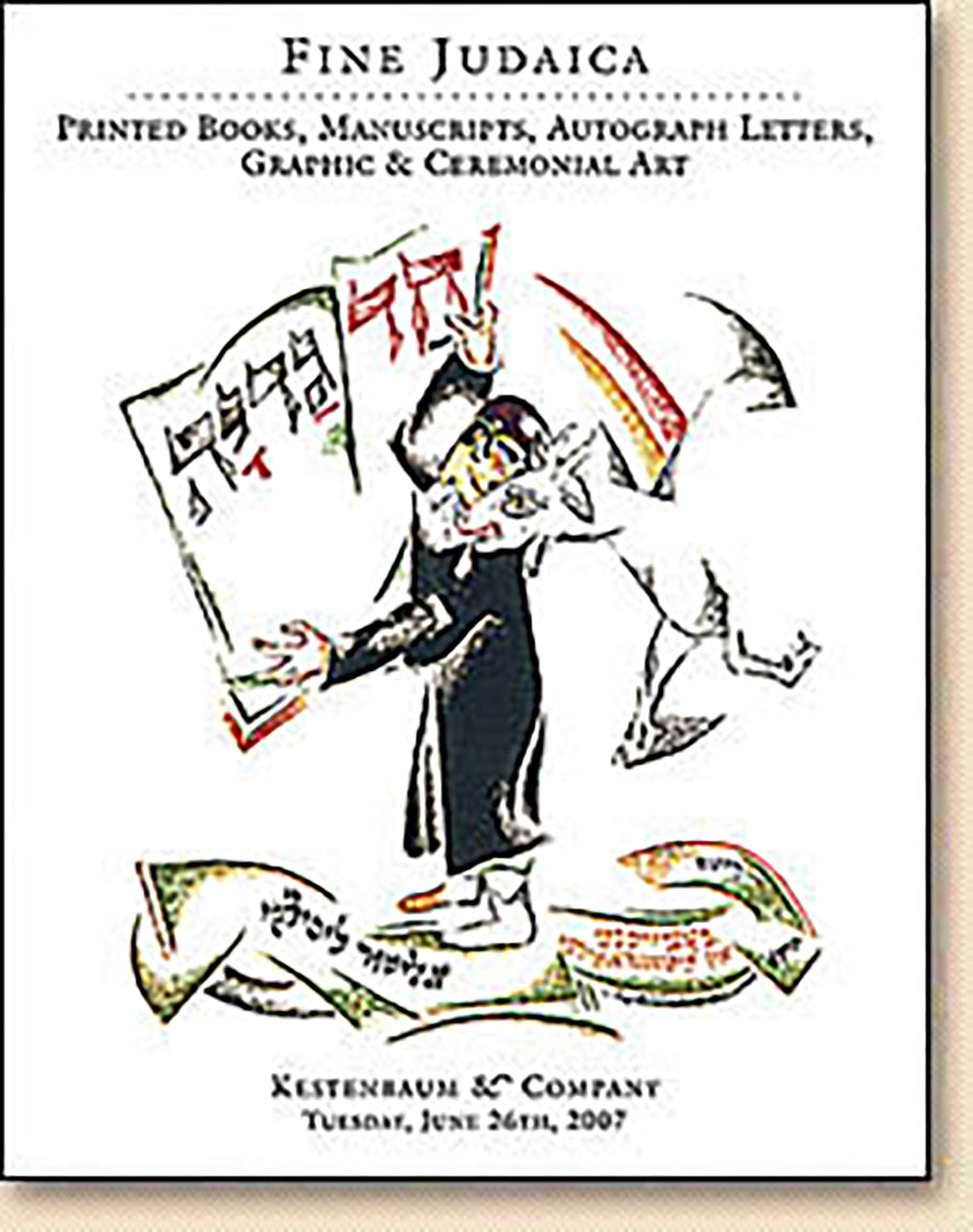(MAPS).

AUCTION 37 |
Tuesday, June 26th,
2007 at 1:00
Fine Judaica: Printed Books, Manuscripts, Autograph Letters, Graphic & Ceremonial Art
Lot 140
(MAPS).
Est: $600 - $900
PRICE REALIZED $950
It appears that both maps were printed in Samuel Bochart, R. Hubert, Geographiae sacrae pars prior Phaleg. (Caen: 1651). (See E. & G. Wajntraub, Hebrew Maps of the Holy Land (1992), p.55, no.22).
Many of the Hebrew versions of the various locales seem surprising, but upon closer examination, some of these designations are actually quite logical. For example, the heading for the Map of the Island of Sicily at first blush is ridiculous: “Gezeirath Segulia” signifies nothing in pure Hebrew. However, in Arabic “Jazirat” means “the island of…” (Since the Hebrew characters are unvocalized, it is equally valid to read “Jazirat” as “Gezeirath.”) Likewise, “Karta de-Sircha” would appear to be an attempt to approximate a Phoenician rendition of Syracuse. It is well known that the original name of Carthage, which was originally colonized by Phoenicians, was “Kart Chadasht” (i.e. New City). Karta in both Phoenician and Aramaic (languages closely related to Hebrew) signifies “city.” At various times in ancient history, Sicily was a Carthaginian colony
